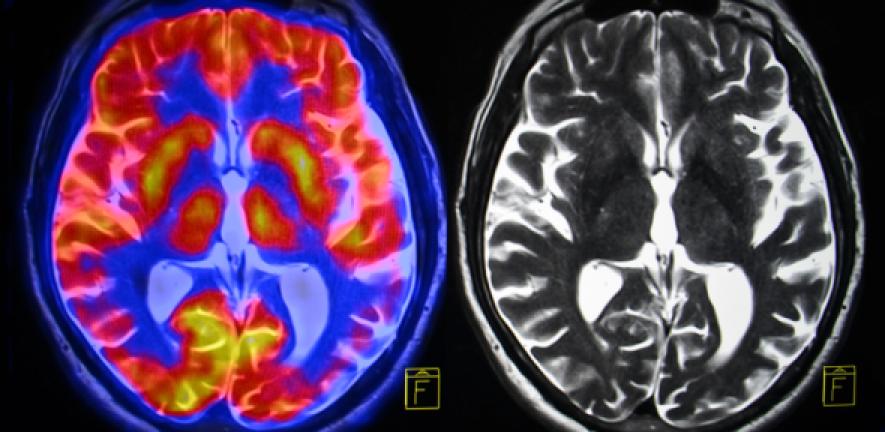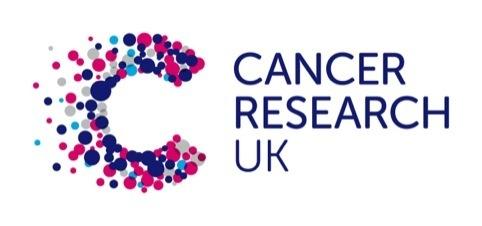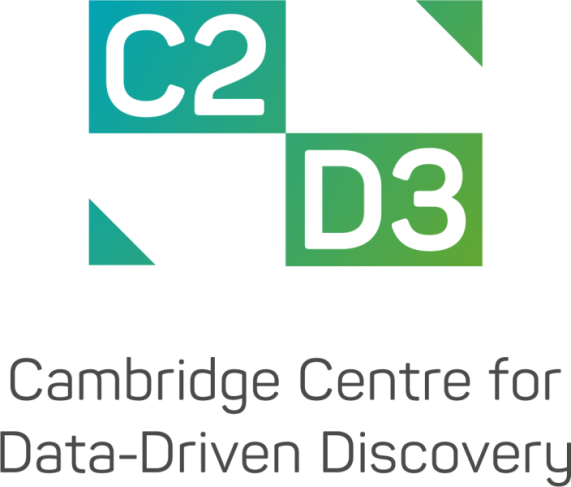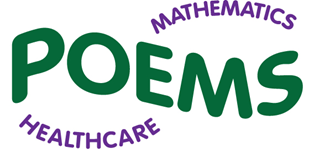
Background
We are currently experiencing many new exciting developments in imaging technology in biology and medicine. New advances in tomographic imaging, such as photoacoustic tomography, electron tomography, multicontrast magnetic resonance tomography (MRT) and combined MR with positron emission tomography (PET), as well as new technology in microscopy such as lightsheet microscopy, only mark the beginning of an era which revolutionises the extent of what we can see. New imaging technology always goes side by side with the need of mathematical models to maximise the information gain from these novel imaging techniques. For instance, previously tomographic imaging and light microscopy were separate imaging modalities, which were difficult to cross correlate. However, rapid development of new imaging hardware (light sheet, polarized PET, MRI), is now opening up new avenues for translational multimodal imaging. These developments are supported by sophisticated and rigorous mathematical models, which enhance the information in one imaging modality with information from another.
Aims and Objectives
New imaging technologies however, also bring new challenges to be overcome. In electron tomography for example, the limited angle problem is an intrinsic hardware limitation which results in viewpoint angles in which the imaged specimen cannot be resolved. Dynamic imaging techniques produce huge amounts of image data which require reliable and efficient methods for interpretation and analysis.
This one day meeting aimed to bring together those working on advances in imaging technology with researchers who investigate new image analysis methods, to help address these challenges. In particular, there was a focus on the following topics:
- Big data problems and solutions
- Multimodality
- Dynamic imaging
The workshop facilitated the communication of both current opportunities and challenges of new imaging techniques. It also allowed for the sharing of knowledge on current approaches and solutions of mathematical modelling and analysis approaches, with presentations on industry insights and state-of-the-art mathematical techniques for Big Data Analytics.
This event was of interest to participants from the biomedical imaging industry, mathematics, engineering, computer science and physics, as well as biology and medicine.
Call for Presentations From Early Career Researchers
Early-career researchers and graduate students working in biomedical image analysis were invited to present short talks at the workshop. Details about these are included in the Programme.
Registration and Venue
The workshop took place at the Isaac Newton Institute for Mathematical Sciences in Cambridge. Please see the Isaac Newton Institute website for further information about the venue.
The event was delivered with support from the POEMS network and is in partnership with John Aston (Statistical Laboratory), Clare Dyer Smith (Cambridge Big Data Coordinator), Stella Panayotova (Fitzwilliam Museum), Stefanie Reichelt (CRUK ) and Carola Bibiane Schönlieb (Department of Applied Mathematics and Theoretical Physics).





